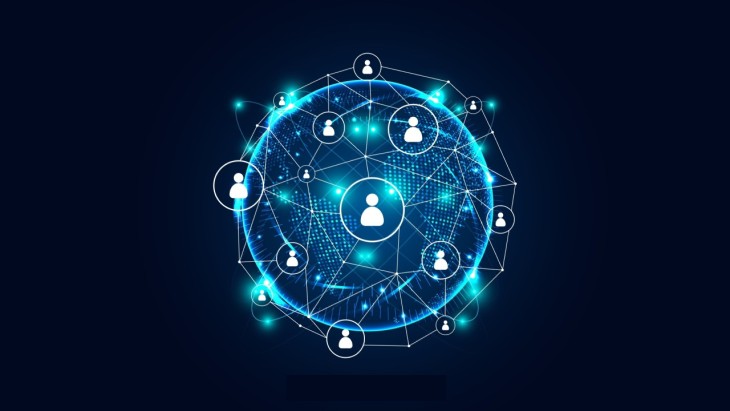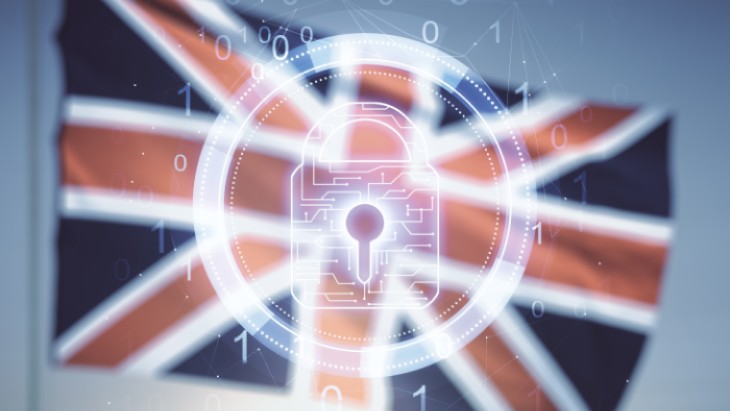
Securing the Next Frontier: Multi Attribute Security with Kron AAA
The convergence of 4G/5G mobile networks and the explosion of the Internet of Things (IoT) demands a new standard in network security. A modern, telco-grade RADIUS Authentication, Authorization, and Accounting (AAA) server must move beyond simple identity checks. Kron AAA meets this challenge by introducing a sophisticated multi-attribute security model, now fortified with crucial Access Point Name (APN) Awareness.

Oracle RAC, Simplified: How Kron DAM&DDM Secures Multi-Node Databases
Oracle RAC clusters can be made auditable and policy-driven without manual node maintenance. Auto-registration, cluster-aware Database Firewall, and real-time metadata sync are delivered in Kron DAM&DDM to keep controls consistent during failover and growth.

Legacy Systems, Modern Threats, and The Identity Gap
The UK’s National Cyber Security Centre reports a sharp increase in “nationally significant” cyber incidents, most tied to legacy systems and weak identity governance. As organizations modernize, many still overlook the largest vulnerability in their environments: uncontrolled privilege. This article explores why identity has become the real infrastructure, why traditional models fail, and how a complete privileged-access strategy creates measurable resilience.

Securing Web Applications with Kron PAM’s Privileged Session Manager
Web applications have become mission-critical for enterprises. From cloud-based business tools to on-premises management consoles, employees and contractors interact with dozens of applications every day. While convenient, this explosion of web apps creates a new frontier for security risks: uncontrolled access, credential sprawl, and lack of visibility into user actions. Kron PAM’s Privileged Session Manager (PSM) for Web Applications was designed to meet these challenges head-on. It gives enterprises a way to manage, monitor, and secure privileged access to web applications — without disrupting the way users work.

Secure Remote Access: Rethinking Cybersecurity in a Remote Work Era
The global pandemic triggered one of the most significant transformations in modern workplace culture: the widespread adoption of remote work. What began as a temporary response to a global crisis has now evolved into a lasting model. Today, many companies have either fully embraced remote operations or adopted hybrid structures, where employees split their time between home and office. This shift has brought undeniable benefits. Employees have gained greater flexibility, allowing for better work-life balance and time management. Meanwhile, companies have reduced costs associated with office rentals and utilities and can now tap into a broader, geographically unrestricted talent pool. However, this new reality also introduces significant cybersecurity challenges—particularly in managing secure access to internal systems, applications, and data from external, potentially untrusted environments.







